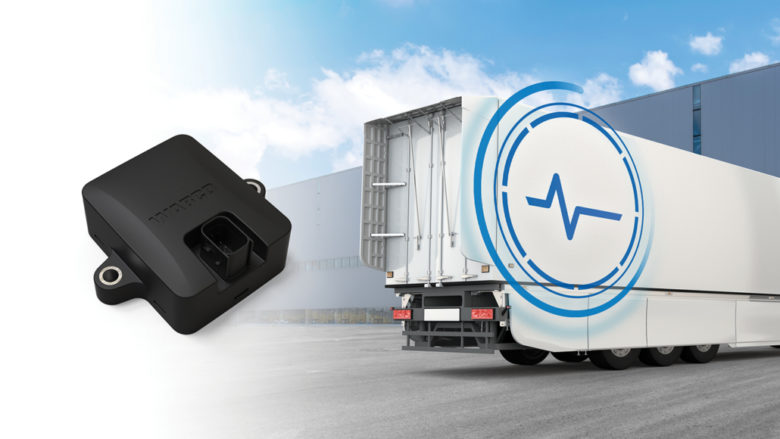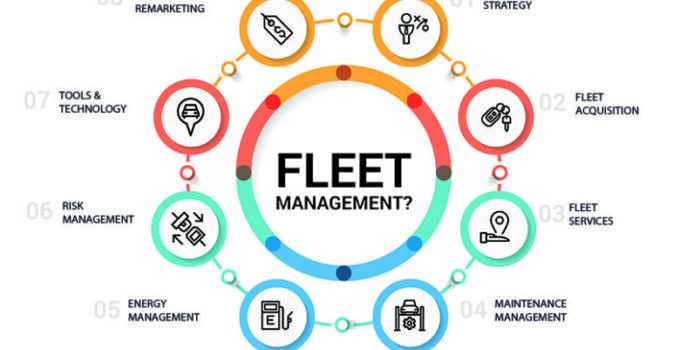In the complete review of the US Fleet Tracking fleet management system from ELD devices, they discuss how to ensure that you are putting the resources you have invested into good use as an owner of a fleet company. And this is particularly true for businesses in the logistics and transportation industry.
However, no one would want to spend more money on the procurement, maintenance, and repair of vehicles to figure out that they haven’t been used for their intended purpose.
That’s why it makes complete sense that many highest-ranked businesses give the use of fleet management systems priority. We can easily manage and track company assets with these tools and ensure that they are deployed to their full potential.
Such automated solutions are, however, not only handling and tracking fleet operations. They also help companies to abide by stringent government regulations. And these included the protocols as well as safety measures.
The use of fleet management solution technology is, of course, not limited to any of those. So this post is intended to help you out if you want to gain knowledge or refresh yourself with some of the basics of fleet management.
What is the Scope of Fleet Management?

Image source: smbwireless.ca
The primary function of fleet management is to use digital means for tracking as well as managing the activities and conditions of vehicles, such as trucks, cars, and construction equipment. Etc.
Therefore, it helps carrier companies to keep up with how their fleets are performing, while providing them with suggestions on how to manage their usage better.
Presently, smartphone usage is expected to move the market up from 2017 to 2025 at an impressive 20% Compound Annual Growth Rate (CAGR). And with the famous of bring-your-own-device, fleets will be easier to maintain and cheaper than ever before.
The smallest setup would need to allow fleet employees to download the app and use it to track and also collaborate on activities.

Image source: econonord.com
It is claimed that businesses can decrease the percentages and levels of unwanted fatal crashes by getting more information readily available and actionable.
The objective of fleet management solutions in any business is to make sure that company vehicles run smoothly, actively seeking opportunities to improve efficiency, minimizing operating expenses, and maintain compliance with governmental regulations.
And before the ELD mandate is enforced, this has usually been done manually and with hard copies. Once the technological revolution launched, however, smarter companies managed to find a way with the aid of computers to automate their fleet management operations.
Today, with the increase of software-as-a-service (SaaS) and mobile applications, many hardware specifications have been eliminated by the industries.
How Does a Fleet Management Solution Works?

Image source: smbwireless.ca
As applications, tools, and technologies, Fleet management solution is the practice that helps carrier companies from a central platform to maintain optimal use of their fleet vehicles.
Fleet management, in its original form, includes the use of software for telematics and GPS tracking as well as database information software.
Additionally, along with many other tools out there, employers appreciate an excellent handle of digital technology.
Fleet management solution stores a record of all purchased vehicles, the company leased vehicles, their technical requirements, details of vehicle maintenance, service, and parts history, drivers, as well as associated records of compliance including licenses, taxes, fleet insurance, fuel purchases, and all business operating expenses.
With the capabilities of the fleet management solution to generate reports, alerts, and emails, business operations are only getting quicker and more efficient, something that is not previously possible.
Telematics software allows the commercial carrier company unparalleled real-time tracking of all of the assets, making it quicker and easier to deploy the workers involved.
It also makes it possible for the fleet managers to precisely determine when the vehicle, as well as the driver, will arrive at their intended location and how the driver drives and handles the car.
Implementing all the functions of the fleet management solution allows the company a degree of control unimaginable in the past. And this has become a way to effectively and efficiently operate and manage their vehicle fleet no matter how large.
Why Should You Opt for Fleet Management System?

Image source: transics.com
Using a fleet management solution ensures that commercial fleet vehicles operation aligned with company goals rather than serving as a source of headaches, which is something that commonly occurs in its absence.
The misuse of company vehicles can potentially add significant losses to the business operation, not to mention the time and money wasted by the company, managers, and drivers looking for constructive ways to overcome those losses.
If your company is actively involved in the public transportation sector, this can make a considerable difference between continuing operations or shut down if you have suffered too severe breaches of compliance rules.
Which Fleet Management Solution is suitable for Your Business Needs?
First, any software for fleet management should enable your organization to achieve the following strategic goals:
- Provides API functionality
- Get all hidden costs out of the way
- Reduce the Cost of the vehicle life cycle
- Allow procurement of complete repair parts
- A fully customizable dashboard that supports workflows
- Offer a perfect integrated fuel and project management system
- Facilitates better planning and budgeting for vehicle replacement
- Provides features that make it possible to meet compliance regulations
Managing a commercial fleet is more significant than it seems, and it is prevalent in transport-focused businesses.
For instance, the united states government spent around $4.2 billion over this technology to improve its over 644,545 vehicles. These comprise ambulance units, buses, and other kinds of cars to keep government services running.
That isn’t highly noticeable for many. It is, though, an indispensable part of maintaining a productive organization.
Many of us do it without giving very much thought into it, but experts at the top level do it. They are investing time in researching ways of improving their vehicle asset management.
Adopting software is only a part of that system. Adoption comes with several other changes in the company. And this would include policies, time for training, and many more people for doing it correctly. These would also be based on not only the culture of the company but also the changing market dynamics.
Finally, if you need an FMS system suitable for your fleet business, you can read our complete review of the US Fleet Tracking fleet management system.




